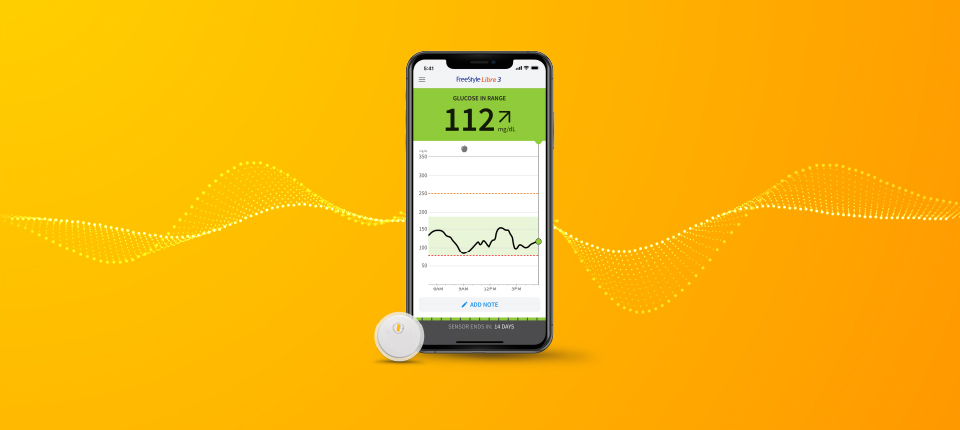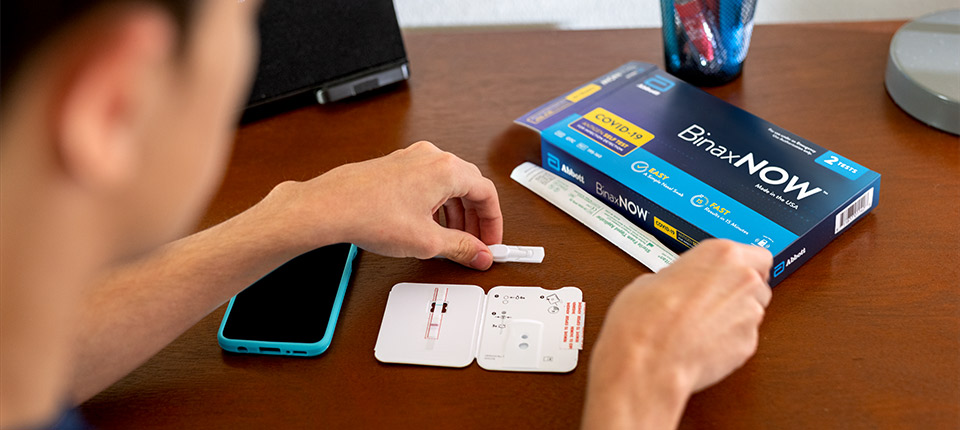According to a 2021 study, people who used continuous glucose monitoring to analyze and act on their glucose levels saw improved glucose level control in just over one week. Better glucose level control can lead to improved protection against insulin resistance, Type 2 diabetes, inflammation and cardiovascular problems like heart disease.1, 2, 3
“Your glucose levels are unique to you, and they vary considerably throughout the day. The ebb and flow impact how you’re feeling and your overall wellbeing. CGMs provide a window into this variability, providing real-time data and insights so you can connect inputs with outputs. Linking lifestyle habits with how you’re feeling so you know changes to make that work for you. For your health and your unique goals,” Bede says.
Improving your understanding of your glucose level patterns as you go through day-to-day activities gives you a point of reference. Glucose level tracking, which can be done with the help of consumer biowearables, can help you discover what healthy habits truly work in your lifestyle since you can connect your body's insights to what you do.1
Sometimes, we take our health for granted – and monitoring your glucose levels can be your key to a better health journey. With the help of biowearables, you can adjust your habits to live your best life.
References
1 Jarvis, P.R.E, Cardin, J.L., Nisevich-Bede, P.M., & McCarter, J.P. (2023). Continuous glucose monitoring in a healthy population: understanding the post-prandial glycemic response in individuals without diabetes mellitus. Metabolism, 146(1). https://doi.org/10.1016/j.metabol.2023.155640
2 Tsujimoto, T., Kajio, H., & Sugiyama, T. (2017). Association between hyperinsulinemia and increased risk of cancer death in nonobese and obese people: A population-based observational study. International Journal of Cancer, 141(1), 102-111. https://doi.org/10.1002/ijc.30729
3 Zahedani, A.D., Torbaghan, S.S., Rahili, S., Karlin, K., Scilley, D., Thakkar, R., Saberi, M., Hashemi, N., Perelman, D., Aghaeepour, N., McLaughlin, T., & Snyder, M.P. (2021). Improvement in glucose regulation using a digital tracker and continuous glucose monitoring in healthy adults and those with Type 2 diabetes. Diabetes Therapy, 12(7), 1871-1886. https://doi.org/10.1007/s13300-021-01081-3






FOLLOW ABBOTT